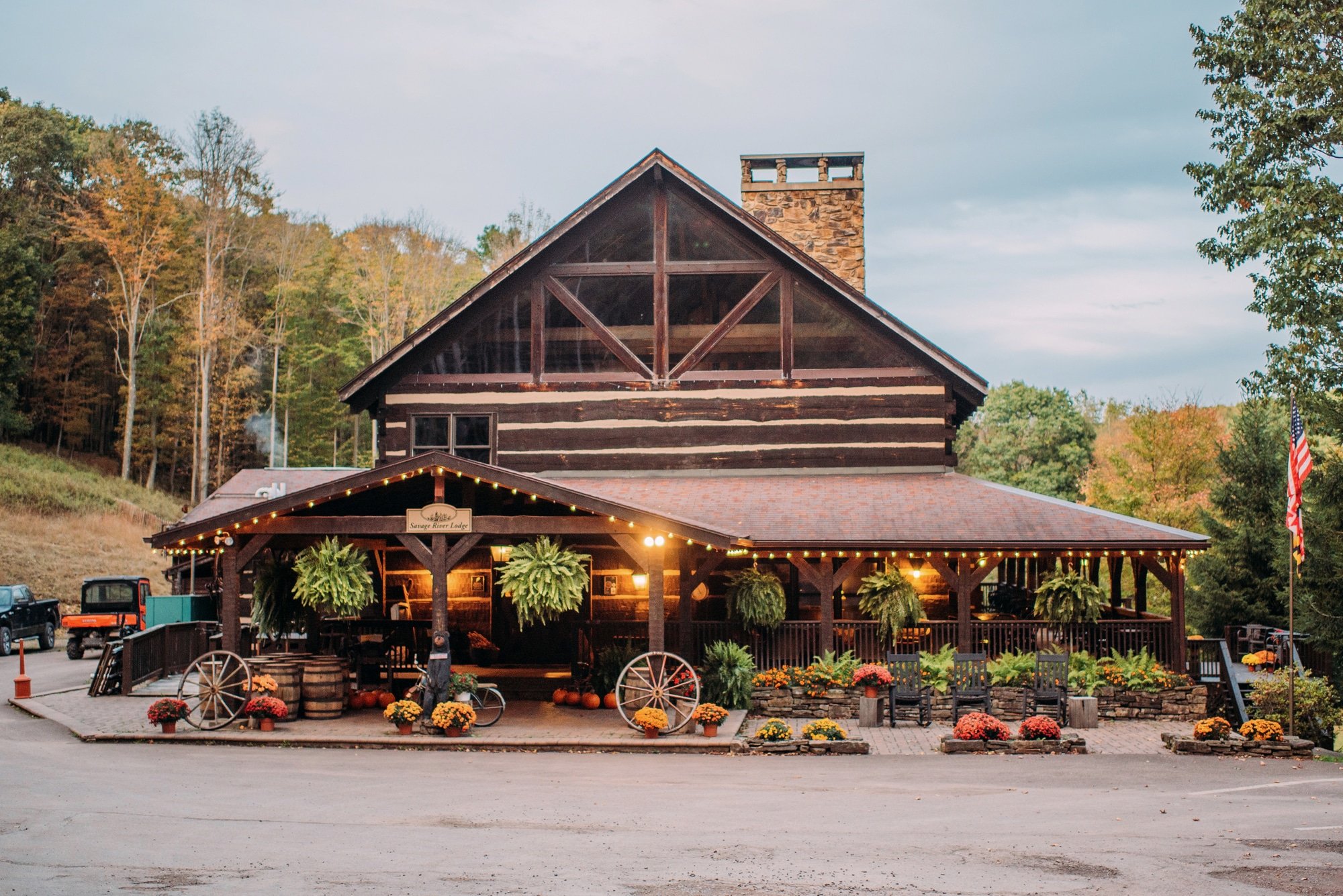Spotlight on Glamping Structures - Yurts
YURTS MADE THEIR FIRST APPEARANCE IN SIBERIA BACK IN 600 BCE, MAKING IT ONE OF THE OLDEST KNOWN DWELLING STRUCTURES KNOWN TO MAN THAT IS STILL USED TODAY. YURTS WERE POPULAR AMONGST THE NOMADIC TRIBES OF THE FORMIDABLE CENTRAL ASIAN STEPPE, DUE TO ITS LIGHTWEIGHT, SPACIOUS, AND DURABLE DESIGN.
TODAY, YURTS ARE FOUND ALL OVER THE WORLD AND ARE ONE OF THE MOST POPULAR GLAMPING STRUCTURES AVAILABLE.
IN THIS ARTICLE, WE’LL DIVE INTO THE HISTORY OF THE YURT AND EXPLAIN WHY IT’S STRUCTURAL DESIGN HAS STOOD THE TEST OF TIME. WE’LL ALSO HIGHLIGHT OUR BUCKET LIST OF AMAZING GLAMPTUARYS AROUND THE WORLD THAT OFFER A STAY IN THIS CLASSIC GLAMPING STRUCTURE.
Location - Treebones Resort - Big Sur, CA
The first yurt…was not called a yurt. It was called a ‘ger’, and was ideally suited to the nomadic lifestyle of cattle breeders between 600 and 300 BCE who used to move to different campsites every season of a year, in order to find better pasture.
What made it so popular then, which still holds true today, is its ingenious design that resulted in the trifecta for dwelling structures: quick assembly, durability, and larger interior living space.
In fact, it was this structure that helped Genghis Kahn move his army all over Eurasia in the 13th century with ease.
A Mongol army marches on with ger in tow - Source - Original Yurts
In Mongolian, ‘ger’ means ‘home.’
Over time, the word changed as new cultures began to adopt this structure. The next evolution of the word came in the Turkish word ‘jurt’ which means ‘dormitory.’ This was because jurts could house up to 15 people due to the massive interior space. From there, the Russians began using the structure and called it a ‘yurta,’ or ‘circular, domed, portable tent.’
In modern times, we call this structure a yurt; although the word ger is still used today and often times refers to a design difference in the roof.
Roofs aside, the structural design of a traditional yurt is divided into sections, called khana. Each khana is a collapsible series of crisscrossed wooden poles. The poles are made of light wood, such as willow, birch, poplar, or bamboo. Khana are attached to each other with ropes made of leather or animal hair. The roof of a yurt is the most complex part of the structure. The central part of the roof is called the crown. The crown is a ring to which roof poles, called uni, are attached. The crown’s pattern of wood, reeds, or fabric can be handed down for generations. The khana and fabric of a yurt may be replaced, but the crown may last for years. The crown is partially open, allowing air to circulate and a chimney to penetrate the structure. The circular ceiling window formed by the crown is called the toono, and the columns that sometimes support the heavy crown are called bagana. Most yurts have three to five layers of felt, and, often, an outer layer of waterproof fabric such as canvas. Source - National Geographic
Cross-sectin showcasing yurt structural design - Source - Original Yurts
This sounds like a lot but it typically takes 1-2 hours to fully construct and deconstruct one of these contraptions, which is why it is still popular today amongst the nomadic desert tribes in Mongolia. In fact, 61% of Mongolians live in yurts today.
Outside of Mongolian Tribes, yurts are predominantly used as a glamping structure and while many of the design elements are the same today as they were back in Genghis Khan’s day, there have been many improvements and enhancements that have taken yurts to a whole new level.
I’ve created a bucket list of Glamptuarys below that feature some immaculate yurts set in beautiful surroundings with enagaging experiences attached. I hope you enjoy!
KELBURN CASTLE AND ESTATES - AYRESHIRE, SCOTLAND
THREE CAMEL LODGE - KHANKHONGER, MONGOLIA
SAGECLIFF RESORT AND SPA - QUINCY, WASHINGTON
INN AND SPA AT CEDAR FALLS - LOGAN, OHIO
SAVAGE RIVER LODGE - FROSTBURG, MARYLAND
WESTLEY FARM - STROUD, UNITED KINGDOM
EAST ZION RESORT - ORDERVILLE, UTAH
Yurts are all-season glamping structures which are wonderful for both glampsite owners and glampers alike. Their large interiors mean there’s enough space for the whole family and the Glamptuarys we’ve included in our yurt bucket list have plenty of on-site activities to keep everyone busy.
I’d highly recommend a yurt adventure if you have the chance. Maybe not one that leads to conquering a continent…but conquering a day of full of Glamptuary adventures instead.
Safe travels everyone!
I truly appreciate your time and if you’ve enjoyed what you’ve read - please share with your network.












































